Give Yourself Permission to Be Brave (The Results Will Surprise You)
Just a few weeks ago, we launched a session for a leadership development program, designed to groom a group of executives for their next role. This level of leadership is challenging because they are supposed to be experts in so many things, but the reality is they are learning and growing at a rapid rate.
It is impossible to know everything.
But the fun part? Everyone was so eager to learn!
Give Yourself Permission
When you’re in a group that is new to working together, like this group of leaders, “permission slips” are a great way to start building trust. Brené Brown shares this as an activity in her recent book, Daring Greatly. It is a helpful tool to identify what might get in the way of learning and practicing new ideas.
So we designed our very own permission slip that reads:
Today, I give myself permission to: _______________
As we shared our permission slips around the table, one in particular stood out. As we circled the room, one leader said: “Be spontaneous. I want to be spontaneous.” He said it in such a way that led you to believe he wasn’t spontaneous very often.
“I am NEVER spontaneous,” he verified. The room erupted with laughter because everyone who knew him knew it was true.
I thought to myself, “when was the last time I was spontaneous?”
When did I just let go and give myself permission to be spontaneous? Being spontaneous is risky in business. Sometimes it can backfire or be criticized.
In every Bravium workshop, we try to experiment with something new or not yet proven. Why? Because for us to continue growing and developing, we have to try new things. We need to give ourselves permission to try new things. It might be risky, but the payoff can be huge.
Permission Leads to Action
Later in the morning, we talked about the differences between good and bad coaching. I’ve found that it’s helpful to see coaching in action, especially for leaders who want to grow their coaching skills. To demonstrate, I asked for a brave volunteer to join me at the front of the room for a live coaching demo, and before I could get the question out of my mouth, a participant raised his hand and jumped up.
Not just any participant, but the leader who shared he wanted to permit himself to be spontaneous! As he walked up, he said out loud, “I allowed myself to be spontaneous, and here it is!” I beamed with pride as he modeled for all the leaders in the room, permission in action. Well done!
For ten minutes, we had a robust coaching conversation which unleashed his thinking. He was ready to take action on the challenge he had been facing. High five!
Living out My Own Spontaneity
It’s one thing to encourage another leader to be spontaneous and experiment—it’s another to do it yourself! Just this week as I was preparing for a talk at a large conference, I realized that to live out this mantra, I had to try something new. So I researched an improv exercise to reinforce the importance of straight talk. It was something I had never done before. Moments before I took the stage, as the seats are filling up, I started to think to myself, “there’s no way I can pull this off, the stakes are too high!”
But I took a deep breath and told myself, “you only need 20 seconds of bravery to experiment.”
I did it. I pulled it off. The volunteers who joined me for the improv piece were exceptional and the activity drove home an important point. It was a win! What if I hadn’t given myself permission do that? I wouldn’t have experienced something better! Oh, so much better.
I know my batting rate won’t be 100% but what if it was 70/30 or even 60/40?
Here’s to giving ourselves permission to do so much more!
_________
Fight uncertainty with a copy of our Uncertainty Worksheet
Overcome the need for certainty with our free worksheet. These questions will help you be motivated by uncertainty rather than freeze in the midst of it. Get your copy today.

